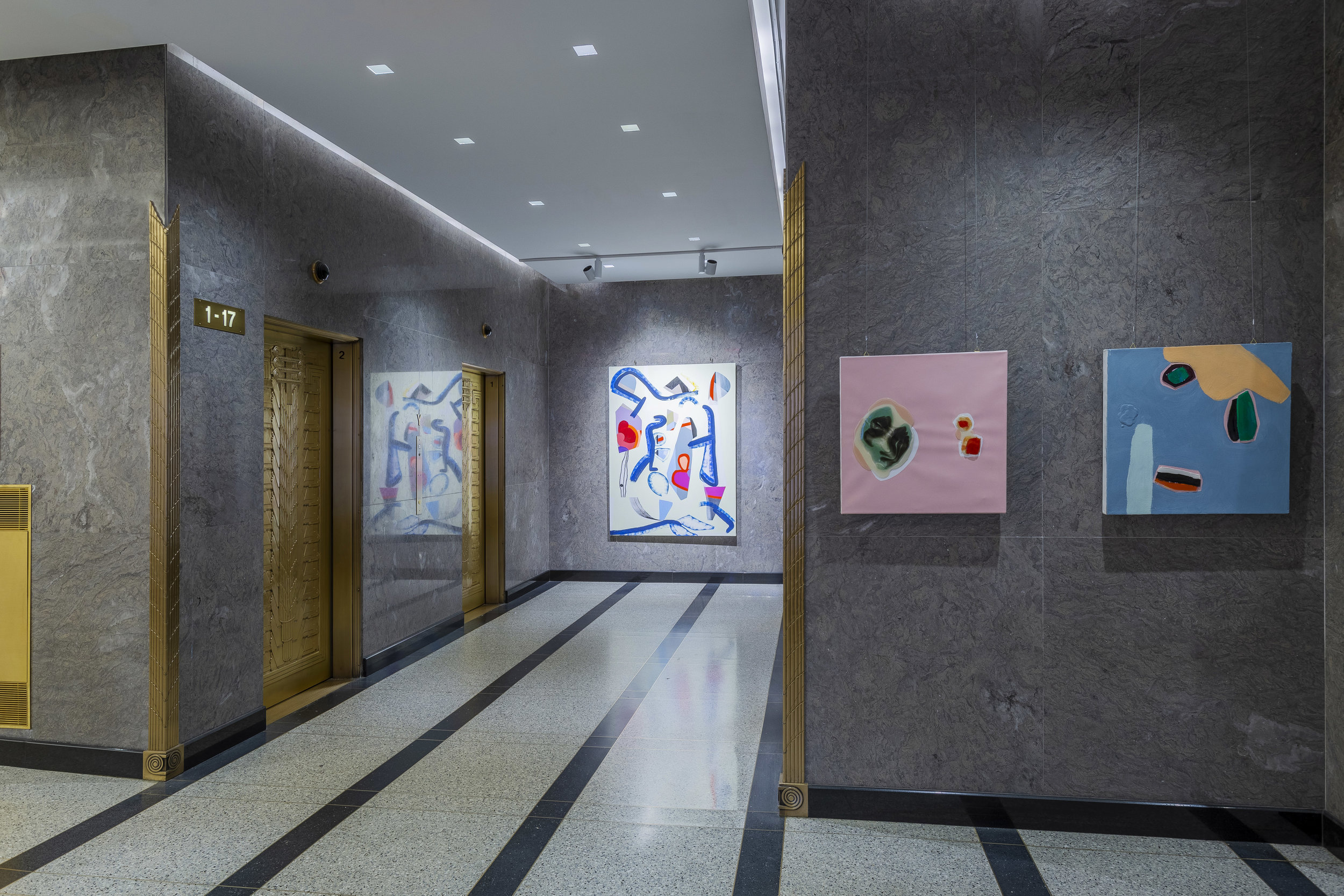Nature of Wonder
2019
ZAZ10TS, Times Square, NYC. Curator: Tzili Charney
Exhibition photos by Zdravko Cota, courtesy of ZAZ10TS
NATURE OF WONDER
The exhibition titled “Nature of Wonder” provides a glimpse into obscurity, freedom, and a natural curiosity that we all experience in our creative lives. It is an opportunity to think, but also to let go of thinking. It is a pathway into joyous viewing and a simple understanding of how things work.
During a 2016 residency at I-Park in CT, Shony Rivnay created in the midst of nature. Surrounded by insects, birds, and trees, Rivany took interest in organic patterns, and was able to express these natural recurring forms and rhythms in intimate drawings. Through this work he realized that in his art, shapes and concepts that first appeared in his childhood experiences are constantly repeated.
His father, an entomologist, would invite Rivnay to sit beside him and draw while he dissected and sketched various bugs. Over the years, this practice became not only a precious memory of a child and his dad, but also a painterly physical gesture.
Starting out with small and intimate sketches on paper in 2016, Rivnay’s drawings have expanded into larger works on canvas and paper. Rivnay uses Acrylic, oil, polyurethane, and epoxy to create a diverse range of textures and compositions. In the process of creating the paintings Rivnay does not use traditional painting techniques or postures – his canvas is usually set lying down on the ground or on a table and the act of painting is dynamic and nonlinear. The artist moves around the canvas, turning it in all directions until he reaches a final composition. For that reason, when hanging the works, there is often no up or down, but rather a free and organic choice of how the work is presented on the wall.
This nonlinear painting process refers without a doubt to our free form thinking process – relating both to our emotional body and a conceptual observation of the world around us. In order to reach a space where no rules apply, the artist connects to his own essence while he learns to let go of habitual artistic patterns. This juxtaposition between the known and the unknown, the habitual and the spontaneous opens up a path towards the essential.
American composer John Cage used “chance” to create sound, and in his book “Silence: Lectures and Writings” he stated: “As far as consistency of thought goes, I prefer inconsistency.” This is the beauty of the work, and the wonder of its evolution – there is no clear knowing of what comes next, yet there are forms that organically reappear.





